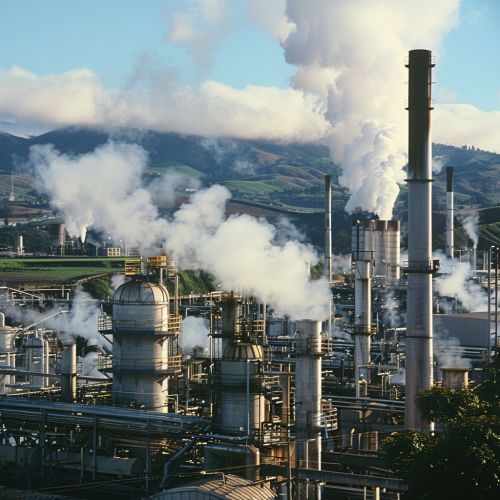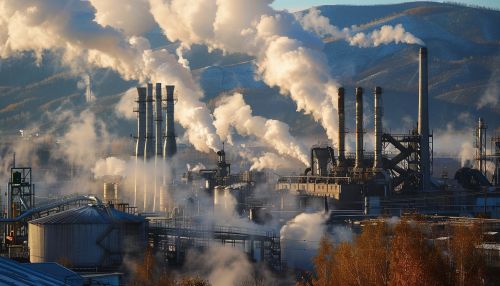Geological sequestration
Introduction
Geological sequestration, also known as carbon sequestration, is a process that involves the long-term storage of carbon dioxide (CO2) or other forms of carbon to either mitigate or defer global warming and avoid dangerous climate change. It has been proposed as a way to slow the atmospheric and marine accumulation of greenhouse gases, which are released by burning fossil fuels.
Overview
Geological sequestration is a type of carbon capture and storage. It involves the capture of carbon dioxide from power plants and other industrial sources, and the subsequent injection of this CO2 into deep geological formations for long-term storage. The CO2 is typically injected into formations over a kilometer deep, where it is stored under pressure and temperature conditions that ensure its stability.


Process
The process of geological sequestration involves several steps. The first step is the capture of CO2 from a source, such as a power plant or industrial facility. This can be done using a variety of technologies, including post-combustion capture, pre-combustion capture, and oxy-fuel combustion. Once the CO2 has been captured, it is compressed and transported to the sequestration site. The CO2 is then injected into a deep geological formation, where it is stored.
Types of Geological Formations
There are several types of geological formations that are suitable for CO2 sequestration. These include deep saline formations, oil and gas reservoirs, and unmineable coal seams. Each of these formations has its own advantages and disadvantages, and the suitability of a particular formation for CO2 sequestration depends on a variety of factors, including its depth, permeability, and capacity.
Advantages and Disadvantages
There are several advantages to geological sequestration. It can significantly reduce the amount of CO2 released into the atmosphere, helping to mitigate the effects of climate change. It can also provide a way to store CO2 for long periods of time, potentially for thousands of years. However, there are also several disadvantages to geological sequestration. These include the cost of capturing and storing the CO2, the risk of leakage, and the potential for induced seismic activity.
Future Prospects
The future prospects for geological sequestration are uncertain. While it has the potential to significantly reduce CO2 emissions, there are many challenges that need to be overcome. These include technical challenges, such as improving the efficiency of CO2 capture and storage, as well as economic and regulatory challenges. Despite these challenges, many experts believe that geological sequestration will play a crucial role in efforts to combat climate change in the coming decades.
